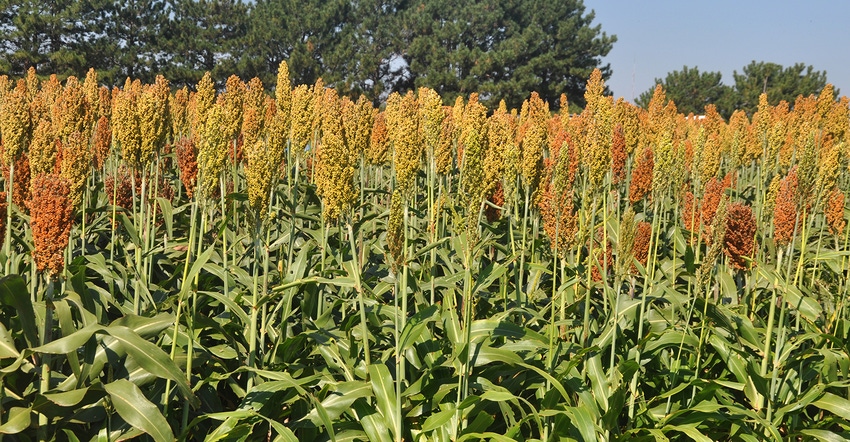August 4, 2017

By Chris Cogburn
Hardly a year goes by without drought conditions creeping into some pocket of the U.S. I live on the South Plains of West Texas, so drought is a constant threat, even in a wet year. However, widespread drought in farm country has been virtually nonexistent since 2012, so the situation on the Northern Plains is noteworthy.
After it was clear the dryness had turned into a drought, I was visiting with one of my customers in South Dakota. Like thousands of other producers in the U.S., his optimism in the face of such bleak crop prospects was inspiring. With his silver lining in sight, he remarked he was hopeful the market would adjust to reflect the dry conditions and boost the price component of his revenue protection (RP) crop insurance policy. With the larger revenue guarantee such a rally would bring, covering costs would be possible, if not probable.
This reminded me of an earlier column I wrote on the benefit �— and necessity — of using RP policies. I wrote that RP policies can help backstop marketing decisions in part by protecting short positions in the event of a price rally followed by a crop failure (when the harvest price option is in place). This year, the grain my South Dakota customer already marketed will be covered by a guarantee that will grow as the market trends upward. His RP policy may help save his farm.
I have also written about the need for producers to sharpen their pencils when it comes to risk management. The drought on the Northern Plains is a great example of an opportunity to do just that. Let’s work through the math.
Producers often balk at the higher cost of RP policies, so I get frequent questions about yield protection (YP) policies and whether the savings from buying this relatively cheaper coverage would be enough to fund futures or options positions. To test this, I quoted each type of coverage for sorghum and corn in the central Kansas county of McPherson, and then I priced options.
Assuming a dryland actual production history yield of 72 bushels, a price of $3.83, a volatility factor of 0.19 and a coverage level of 70%, RP would cost $13 per acre while YP would cost $11. Does this small difference hold on highly productive irrigated corn acres? While the absolute cost difference is larger for 172-bushel irrigated corn ($13 for RP and $9 for YP), the cost per dollar of coverage is actually lower.
Are these differences enough to fund options positions? On March 15 (spring crop insurance sales closing), $3.80 and $4 December 2017 put options cost 29 cents and 41 cents, respectively. Accordingly, covering 70% of 72-bushel sorghum would cost $14.62, and covering 70% of 172-bushel corn would cost $49.36. Compare to costs of $2 and $4 for upgrading from YP to RP, and the choice is clear. Revenue protection crop insurance policies offer the cheapest price protection available.
However, producers must keep in mind RP should only be one component of a larger marketing plan — not the whole plan. For example, in addition to being in effect a deeply discounted put option, RP with the harvest price option in place doubles as a deeply discounted call option. This effective position gives producers the freedom to sell grain knowing if the market rallies and they cannot deliver, their sale is protected.
Thus, RP is an extremely valuable tool in the marketing toolbox. I strongly urge producers to view it this way, as well.
Cogburn writes from Abernathy, Texas. Follow him on Twitter @nspchris.
You May Also Like




